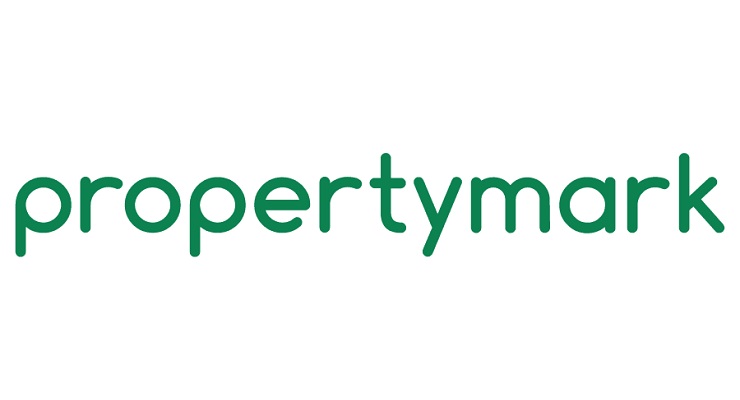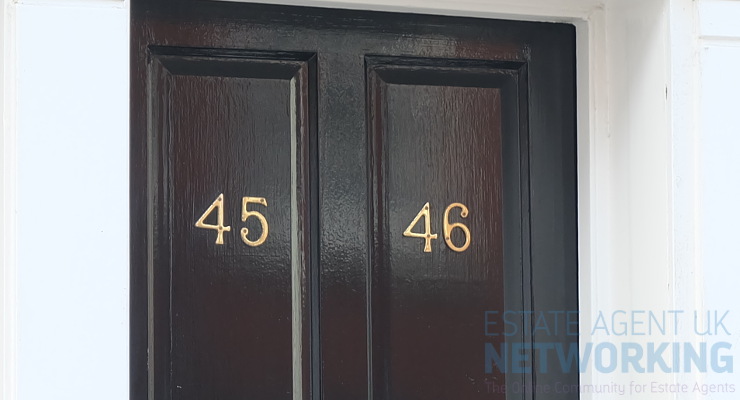Study reveals England areas with the Highest Council Tax Rates 2024
- Elmbridge tops the list with the highest council tax, averaging £2,646 per dwelling.
- Surrey Heath follows closely, with an average council tax of £2,501 per home.
- On the flip side, Wandsworth offers the lowest council tax in England, averaging just £921 per dwelling.
Living comfortably always comes at a price – especially when it comes to council tax.
A new study by specialist tax consultants at Tax Accountant has revealed England’s priciest council tax areas. Using historical council tax data from gov.uk, the study determined the areas of England where high property values and the demand for top-tier services contribute to steeper bills.
Elmbridge has the highest council tax rate in England, with an average of £2,646 per dwelling.
Elmbridge’s high council tax rates are driven by its affluent status, expensive properties, and the need to fund extensive local services and amenities in line with the area’s high standard of living. The area is currently focused on several key initiatives, such as revitalising town centres and improving recycling services.
Surrey Heath has the second-highest council tax rate in England, with an average of £2,501 per dwelling.
Surrey Heath Council has prioritised enhanced flood prevention measures and improving waste collection, with the aim of protecting homes and improving local services. These infrastructure initiatives contribute to the elevated tax rate in the area.
Waverley places third, with an average council tax rate of £2,488 per dwelling.
The area’s wealthy population and costly housing contribute to the high council tax rate. The council is currently investing heavily in local road infrastructure and sustainable housing development projects, all of which require significant funding.
Ranking fourth is Mole Valley, with an average council tax rate of £2,482 per dwelling.
New environmental initiatives, including plans to enhance green spaces and biodiversity, as well as a commitment to upgrade local leisure facilities, contribute to the high rate of council tax.
Tandridge occupies fifth position, with an average council tax rate of £2,480 per dwelling.
Tandridge Council is focused on many long-term projects that require significant funding, including the development of affordable housing schemes and modernising waste collection systems
Richmond-upon-Thames places sixth, with an average council tax rate of £2,404 per dwelling.
As a prosperous London borough, the tax reflects high property values and the cost of providing a wide array of services and maintaining high standards for public infrastructure. These public realm improvements include upgrading high streets with new public spaces and enhancing the cycling infrastructure.
Wokingham Unitary Authority ranks seventh, with an average council tax rate of £2,396 per dwelling.
The council is currently prioritising investment in education with new school facilities, as well as expanding social care services for its growing elderly population. These critical investments are key drivers behind the area’s elevated tax levels.
In eighth place is Rutland Unitary Authority, with an average council tax rate of £2,395 per dwelling.
Being primarily rural, Rutland’s high council tax rate reflects the costs of providing services over a wide area and the high property values typical of the region. The council is directing funds toward enhancing rural transport links and improving the area’s digital infrastructure.
Epsom & Ewell ranks ninth, with an average council tax rate of £2,394 per dwelling.
This London borough’s affluent status and high property values contribute to this elevated tax rate. Current priority initiatives include town centre regeneration projects and improved flood resilience.
Reigate & Banstead rounds out the top ten, with an average council tax rate of £2,379 per dwelling.
Environmental project such as expanding tree planting and improving waste recycling programs are the current focus of the local borough council. These projects, aimed at making the area greener, require considerable investment, which is reflected in the high rate of council tax.
The areas of England with the highest council tax rates
|
Rank |
Authority |
Average Council Tax per dwelling |
|
1 |
Elmbridge |
2,646 |
|
2 |
Surrey Heath |
2,501 |
|
3 |
Waverley |
2,488 |
|
4 |
Mole Valley |
2,482 |
|
5 |
Tandridge |
2,480 |
|
6 |
Richmond-upon-Thames |
2,404 |
|
7 |
Wokingham |
2,396 |
|
8 |
Rutland |
2,395 |
|
9 |
Epsom & Ewell |
2,394 |
|
10 |
Reigate & Banstead |
2,379 |
Aatif Malik, Director of Tax Accountant, commented on the findings:
“These findings highlight a clear trend: areas with higher council tax rates are predominantly affluent, with a strong correlation between property values and the cost of local services.
“In regions like Elmbridge, Surrey Heath, and Waverley, the elevated rates reflect the substantial investment required to maintain public services, infrastructure, and amenities that align with the expectations of their affluent populations.
“This study underscores the financial pressures on councils to balance service provision with rising costs in wealthier areas, where property values drive the tax base higher.”









